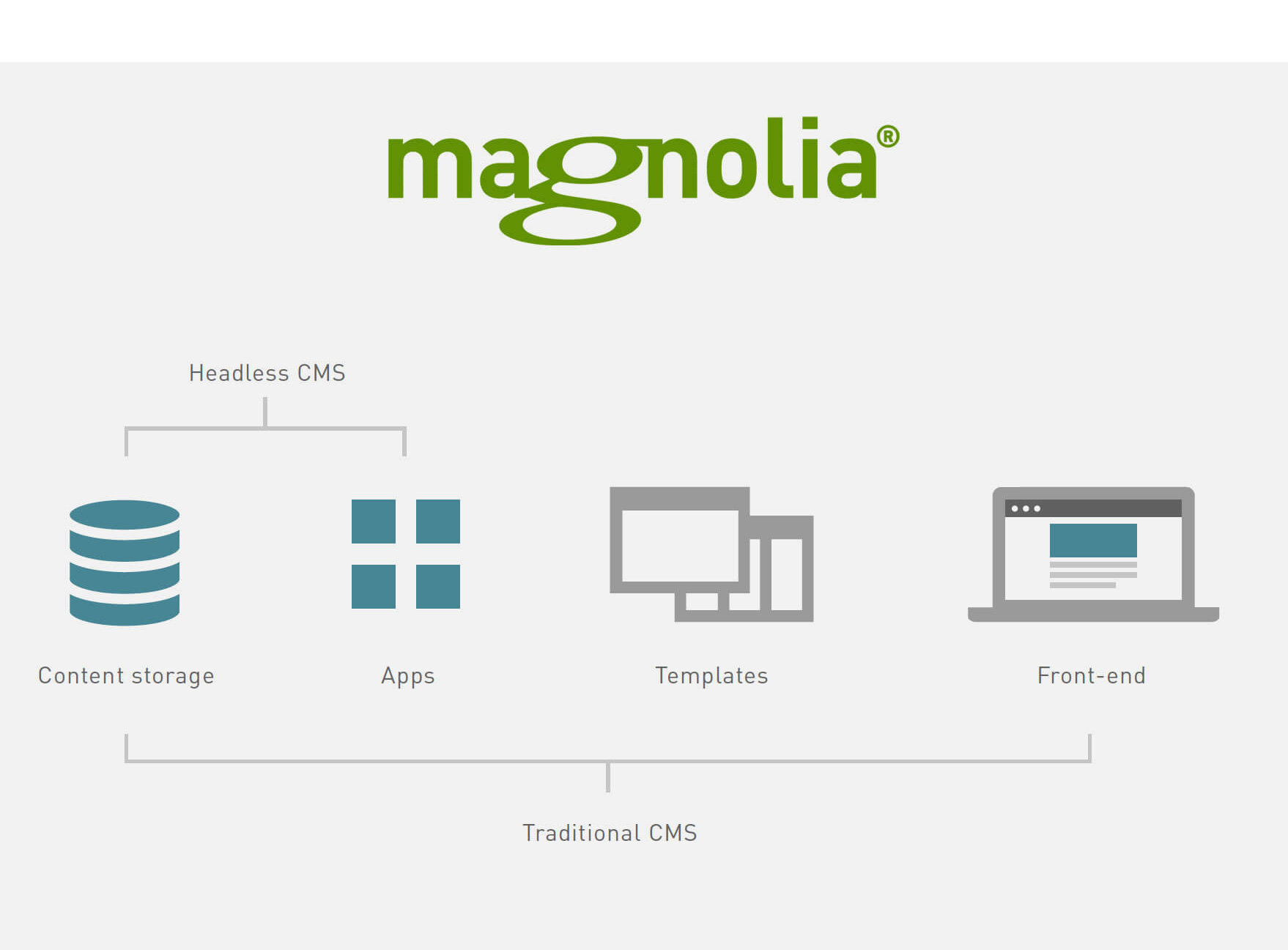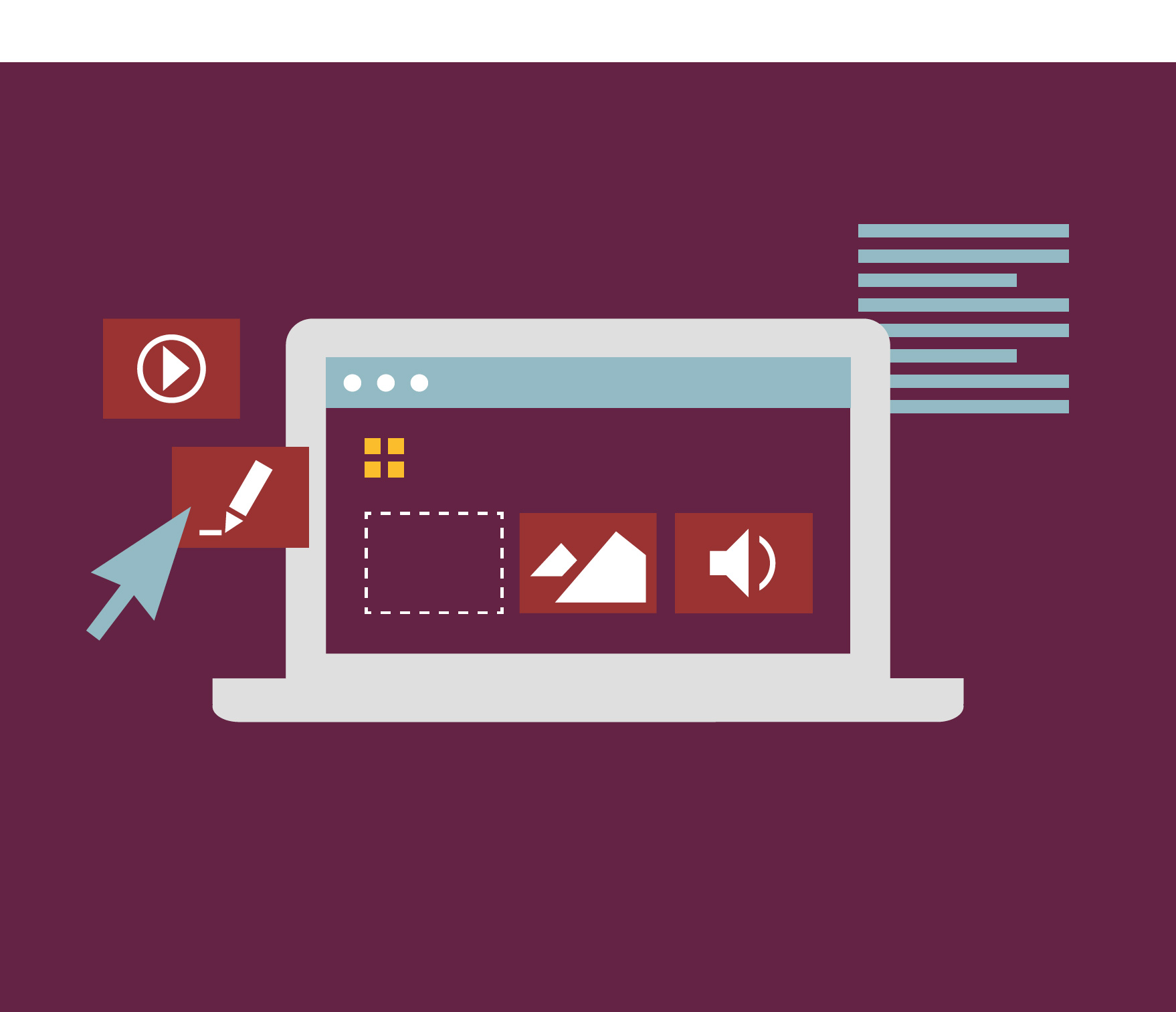Insights
18 December 2019
Insights
The development of increasingly complex and differentiated user interfaces, such as applications, virtual support systems and websites, requires a decoupled, multi-channel approach. One solution is the use of a Headless CMS, a platform that allows you to separate the creation and management of content from its presentation and consumption, using APIs to link the two processes.
A Content Management System (CMS) with 'headless' architecture is similar to a traditional CMS except that management of the back end is separated from the front end. This means that content creation interfaces can be separated from the interfaces that can be seen by the end user when viewing content.
In practice, a Headless CMS has no visual front end, so you cannot see how the content will look to users. At the same time, the graphics can be developed on any platform, thanks to a series of APIs (Application Programming Interfaces) with which the CMS communicates with several external structures, such as websites, chatbots and apps for mobile devices and smartwatches.

The use of such systems requires a different design compared to a classic CMS, which has complete management of multimedia content. Separating content creation from content consumption requires a unique multi-channel system, a technical and strategic evolution based on traditional, hybrid CMS, which can accelerate the time to market and improve integration with third-party technologies.
In this case, the IT development environment and the CMS architecture must be decoupled, ensuring the perfect operation of two systems that are not linked to each other but must still be synchronised and work towards the same objectives. To achieve gratifying results, it is essential to adopt the right architecture but also to develop technical capabilities in line with this technology, which is often considered extremely complex by many content creators and marketers.
A Headless CMS offers various advantages at a management level, as it simplifies the entire content management process. One of the biggest concerns during the content creation process is how the front end will look, since this content will be viewed by users. Therefore, ensuring they have an excellent experience on multiple channels can often be a stressful, complex and, above all, costly process.

With a Headless CMS, there is less cause for concern as the content is continuously adapted by the APIs and external structures that are independent of the various end platforms. This enables you to achieve a better user experience, optimising content for any integrated technology in a totally omni-channel system. It also allows companies to focus more on creating the content itself.
This process brings substantial cost savings as the front end and back end are updated separately. So, whilst the core of the CMS does not change, it is possible to work on a single touchpoint between the brand and customer without modifying the software structure. You can also enjoy greater technological independence as a Headless CMS allows you to choose customised solutions for each user interface, quickly adapting to any innovation available on the market.
If you would like to benefit from the many advantages of a Headless CMS, Tinext can provide the support you need. For years we have been a certified partner of Magnolia, a comprehensive, flexible and intuitive Web Content Management System. With over 300 successful implementations, our team of experts at Tinext will be able to guide you through the process as you move from your current CMS to Magnolia.